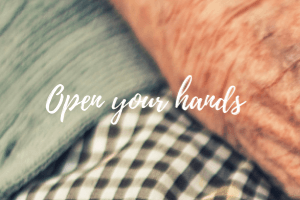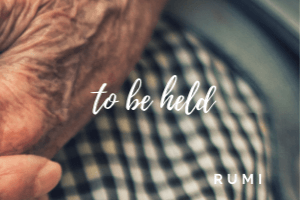
BIO-ENERGETICS
Bioenergetics has had a major influence on the formation of body-oriented psychotherapy. Wilhelm Reich and Alexander Lowen are considered the founders of body-oriented therapy. They felt that conventional psychology was lacking because it did not include the body in the healing process and focused primarily on the mind. They discovered that working with the body was essential in recovering from emotional and psychological complaints.
Character structures
Bioenergetics lists five basic relational needs that are necessary for our development during the first five years of our lives. It then charts the effect when the environment fails to meet us in these needs and how our bodies organize themselves to survive these shortcomings. Wilhelm Reich and Alexander Lowen also studied how these organizations called survival mechanisms express themselves in our posture, body language and energy. These survival mechanisms are called character structures. Bioenergetics is a body-oriented therapy model designed to bring awareness to character structures and thereby create the opportunity to transform. By sensing the layers of survival mechanisms we can move from "survival" to "safety and connection". Bio-Energetics distinguish the following character structures.
Connection
Accidents and disruptive attachment in the early stages of life have a major impact on the nervous system. As a result, the fragile nervous system becomes highly disrupted and energy charges cannot be regulated as a result. A feeling of persistent threat remains in the body. To survive this, people with the "survival style" connection use dissociation. They break contact with their body and/or emotions and also their environment. Their refuge is towards the mind and higher energy (ether).
Attunement
In the first 2 years, the baby's fragile brain and nervous system, which is developing at high speed, is strongly shaped by the contact with the mother. The baby is completely dependent on the mother/caregiver in this phase. Breastfeeding, attuned gaze, skin contact, touch and safe hugging provide the baby with the nutrition and regulation it needs. When this attuned contact is missing, the baby dissociates from its needs to prevent further disorganization.
Trust
The dependence, which is inherent with childhood, and the need for attachment, has been attacked, manipulated and used against him in this character structure. He is rewarded for meeting the needs of the parents and punished for failing to do so. The chaotic, narcissistic, or dependent parents use the child to boost their own shaky sense of self. As a result, this character structure associates dependency with being used. And he learns to "pretend" and be "strong" because he does what is required of him.



Autonomy
Between eighteen months and two years of age, children go through a phase of becoming independent and autonomous. They often say “No” and “I want too”. In this phase there is a tension between the boundaries set by the parents and one's own integrity. If the parents push through their will, whereby the child is not given the space to maintain integrity towards itself in order to slowly become more autonomous, this survival style arises. The parents do this, for example, by withdrawing their love in respons to a “no”. And sometimes use shame and blame. The child learns to say yes superficially, while inside it feels no. This is to avoid embarrassment and to maintain your own integrity.
Love-sexuality
Around the fourth to sixth year of life, children come into contact with their vibrancy in the form of sensuality and sexuality. In puberty, this sensuality also takes on sexual expressions. It is during these periods that the child learns to develop a confused relationship with this energy. The relationship with the caregiver(s) is the basis for this. For a four-year-old, the experience of love and sexuality is an experience in the whole body. When the parents ignore, reject or shame this sensuality and its expression and only want to meet love, the child learns to separate the two. It is also possible that the sensuality and sexuality are welcome, but the heart is not met.
NARM is a therapy model that uses, among other things, Bio-Energetics and refines it into highly effective body-oriented therapy. For more information, go to NARM.
